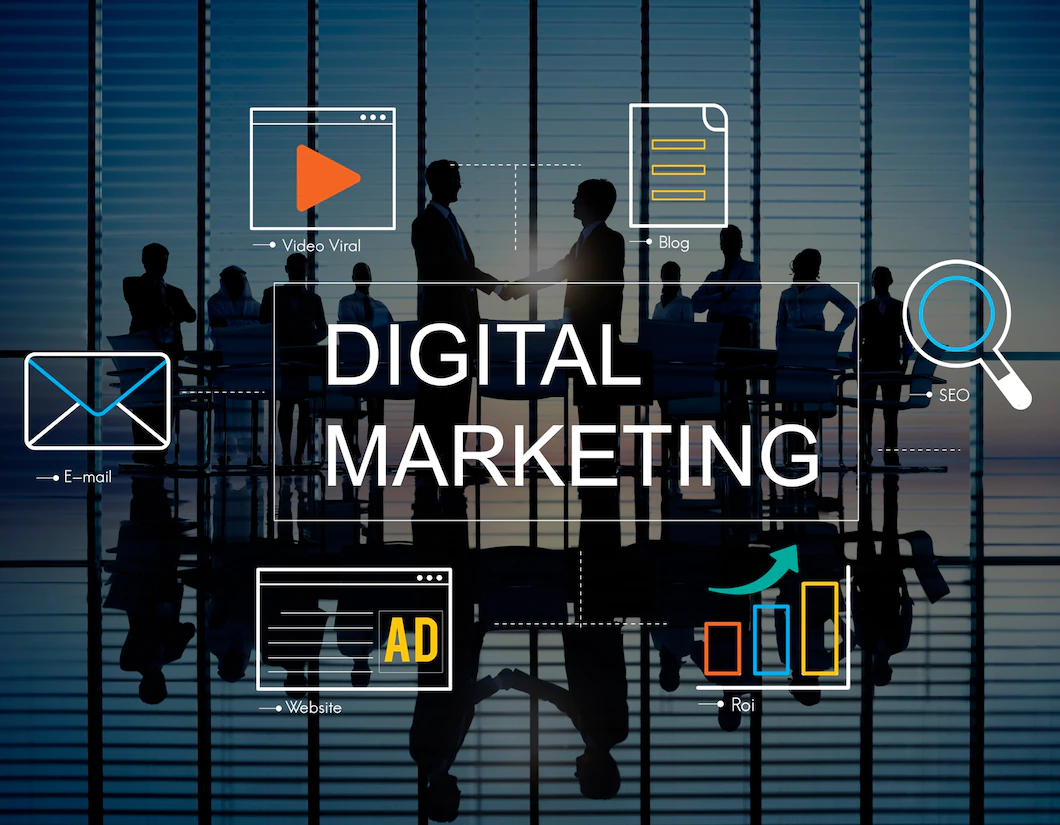Here’s a scary thought that will make some of you feel old: the term Search Engine Optimisation or SEO is at least 25 years old. It even pre-dates Google and is only a couple of years younger than Yahoo! Search (you may want to look that up if you’re under the age of 30).
But I’m not telling you this to provide you with a history lesson, but more to reflect on the fact: it’s been a long way from 1997 to 2022. A lot has changed in the world of digital marketing in 25 years.
In fact, a lot has changed in the past five years. The question is: have we, as an industry and as individuals, been evolving our digital marketing ecosystems to survive and even thrive amidst all the disruption?
What is a Digital Marketing Ecosystem?
Before I answer that question, I’ll revisit the basic concept of a digital marketing ecosystem. What is it and why is it so important?
Briefly, the term describes all the digital media and channels you use to get your brand and campaigns in front of your target customers. That includes:
- Your website
- Social media channels
- Email campaigns
- SEO and SEM
- Digital content (written, video etc)
- And more.
However, savvy marketers also know that your ecosystem is not just about the tools and channels. It also incorporates the vendors and agencies you work with, as well as your customers themselves. It’s the total picture – and for most companies, it’s big and it can be complicated.
If you’re interested in reading more, this article from McKinsey is a few years old, but it still holds up well in terms of describing the concept of a digital marketing ecosystem.
The overall management of your ecosystem is critical to your success in the digital marketing arena. If you’re managing the different elements separately, without a cohesive overall strategy, you can expect haphazard results.
If you’re really paying attention to your ecosystem and reviewing it regularly to make sure all the parts are working well together, you’re going to see more consistent results. Guaranteed.
Common wisdom is that your B2B customer needs eight or nine touchpoints in the entire ecosystem before they’ll make the decision to purchase. And the current widespread disruption across the B2B landscape is making that very challenging for most marketers.
What is Disrupting Our Digital Marketing Ecosystems?
For most digital marketing ecosystems, over the past decade things have been fairly reliable – if not straightforward. We knew there was a standard set of tools and strategies that worked, and as long as we applied them, we’d see results.
In its simplest form, you needed a user-friendly website, jam-packed with the right mix of useful content and business information. You needed the right mailing lists and social channels to promote your content and connect with customers, and you optimised your SEO/SEM strategy to drive in-bound leads.
Lately, however, things have changed. If you’re agonising over the fact that you’re not getting the same results from these “tried and tested” strategies – you’re not alone. It’s the most common pain point we hear from marketing professionals.
If this sounds familiar, your digital marketing ecosystem needs a shake-up. And now is the time to do it.
How Can We Help?
Higher Ranking is an Australian digital marketing agency that supports Australian businesses of all sizes to drive quality leads which generate revenue for your business.
We are proud to bring our LinkedIn Lead Generation tool to the market. It’s a one-of-a-kind solution that takes away most of the ‘heavy lifting’ of the traditional methods of LinkedIn lead generation, without compromising on the quality of the leads.
We’ll be talking in more depth about the current challenges in the digital marketing ecosystem and how strategic LinkedIn Lead Generation can help to address them in the weeks to come. However, if you can’t wait and want to skip to the end of the story, you can book a demo using the link below. We would love to have this conversation with you one-on-one!







